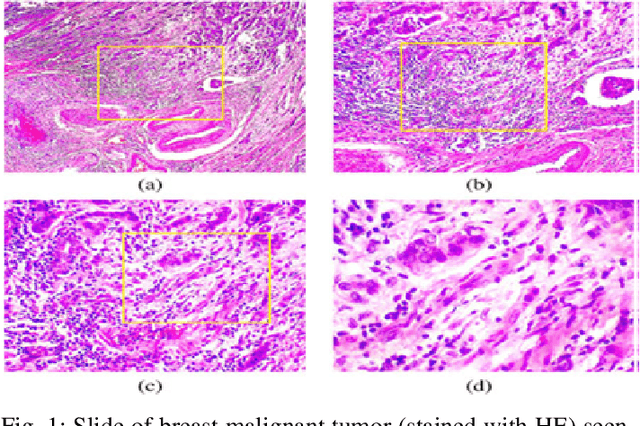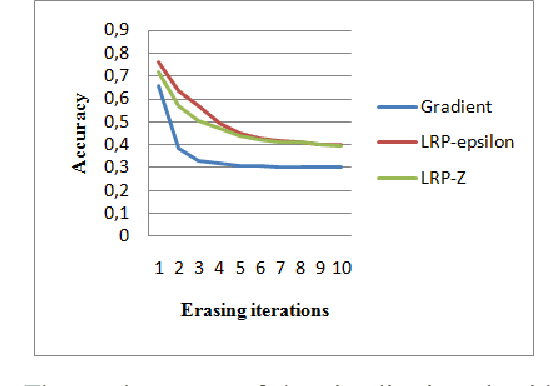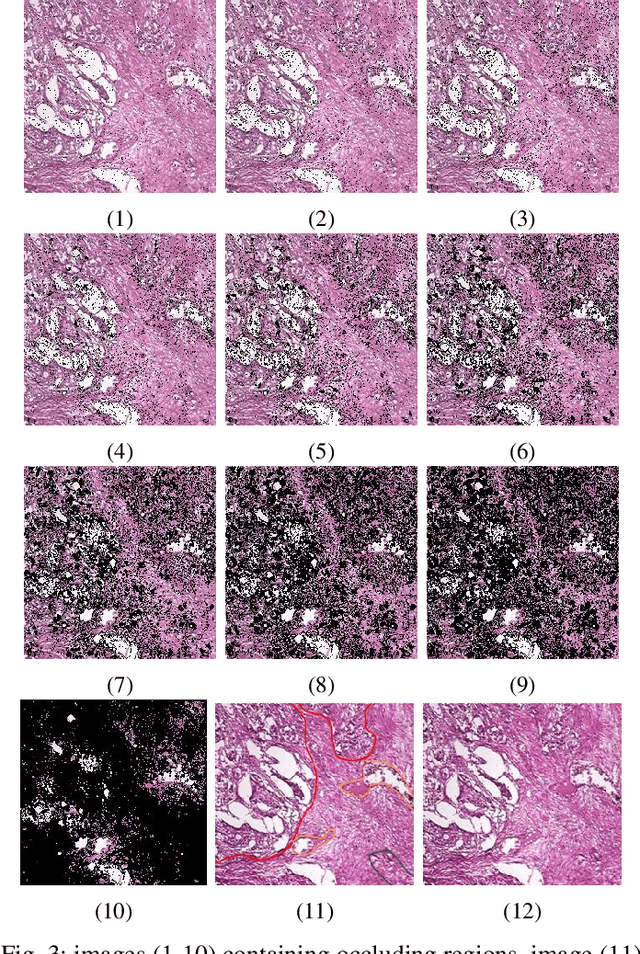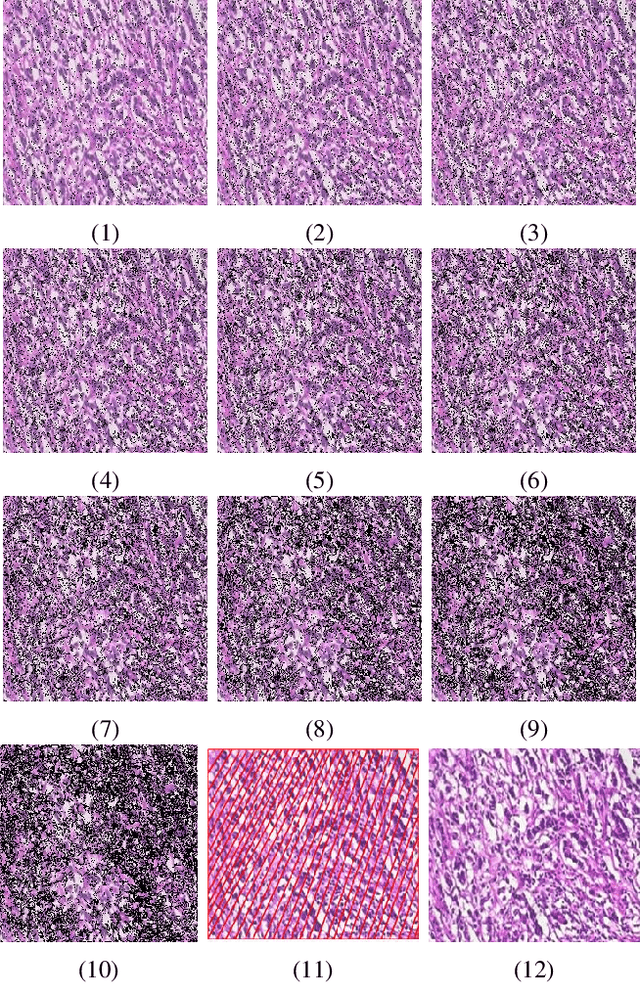Said Mahmoudi
Exploring Regions of Interest: Visualizing Histological Image Classification for Breast Cancer using Deep Learning
May 31, 2023



Abstract:Computer aided detection and diagnosis systems based on deep learning have shown promising performance in breast cancer detection. However, there are cases where the obtained results lack justification. In this study, our objective is to highlight the regions of interest used by a convolutional neural network (CNN) for classifying histological images as benign or malignant. We compare these regions with the regions identified by pathologists. To achieve this, we employed the VGG19 architecture and tested three visualization methods: Gradient, LRP Z, and LRP Epsilon. Additionally, we experimented with three pixel selection methods: Bins, K-means, and MeanShift. Based on the results obtained, the Gradient visualization method and the MeanShift selection method yielded satisfactory outcomes for visualizing the images.
Deep interpretable architecture for plant diseases classification
Jun 13, 2019



Abstract:Recently, many works have been inspired by the success of deep learning in computer vision for plant diseases classification. Unfortunately, these end-to-end deep classifiers lack transparency which can limit their adoption in practice. In this paper, we propose a new trainable visualization method for plant diseases classification based on a Convolutional Neural Network (CNN) architecture composed of two deep classifiers. The first one is named Teacher and the second one Student. This architecture leverages the multitask learning to train the Teacher and the Student jointly. Then, the communicated representation between the Teacher and the Student is used as a proxy to visualize the most important image regions for classification. This new architecture produces sharper visualization than the existing methods in plant diseases context. All experiments are achieved on PlantVillage dataset that contains 54306 plant images.
 Add to Chrome
Add to Chrome Add to Firefox
Add to Firefox Add to Edge
Add to Edge